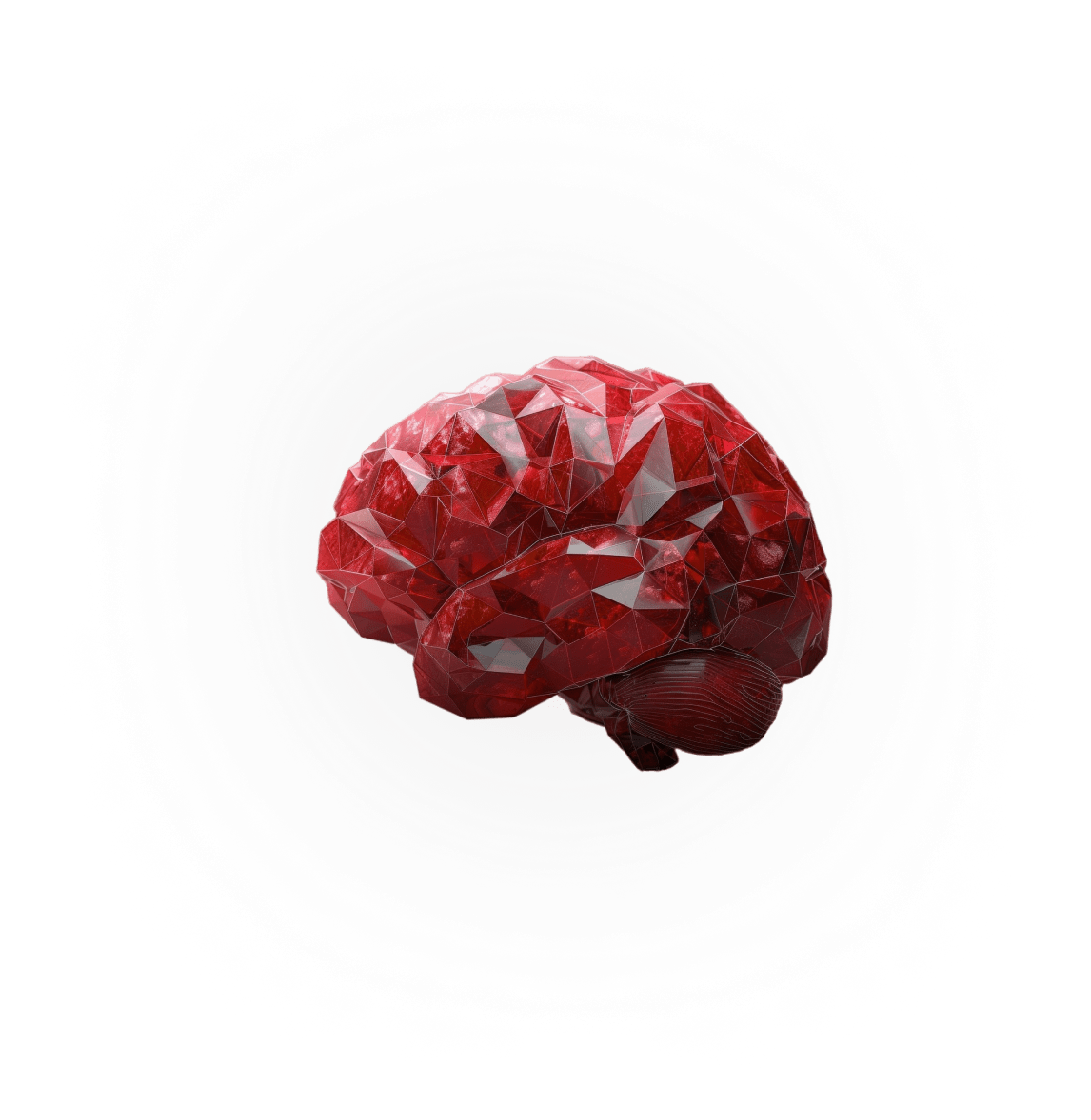Większość firm z branży OZE wdrożyło platformę B2B, ale nie potrafi ocenić, czy działa efektywnie. Dlaczego? Bo nie ma zdefiniowanych kluczowych wskaźników efektywności (KPI), a dane o sprzedaży, aktywności użytkowników czy problemach technicznych są zbierane nieregularnie — albo wcale.
Brakuje jednego panelu, który pokazywałby, jak działa platforma, co trzeba poprawiać, a które działania przynoszą realny efekt. Bez mierników decyzje podejmowane są intuicyjnie, a nie na podstawie konkretnych danych. W efekcie rozwój platformy zostaje spowolniony, a jej wpływ na sprzedaż jest ograniczony.
Pomagamy wyznaczyć i wdrożyć konkretne KPI – zarówno sprzedażowe, jak i techniczne. Tworzymy panele raportowe dopasowane do różnych ról w organizacji – od działu sprzedaży po zarząd. Wdrażamy integracje z CRM i innymi źródłami danych, by stworzyć jeden przejrzysty widok.
Dodatkowo: konfigurujemy alerty i automatyczne rekomendacje, które pomagają reagować szybciej i planować działania na podstawie realnych danych.
Co zyskuje firma
✅ Jedno źródło prawdy o stanie i wynikach platformy
✅ Przejrzyste dashboardy dla działu handlowego, marketingu i zarządu
✅ Większą kontrolę i szybsze reagowanie na problemy
✅ Rozwój platformy oparty o dane i realne potrzeby użytkowników

Artificial Intelligence refers to the development of computer systems that can perform tasks that would typically require human intelligence. It involves the creation of algorithms and models that enable machines to learn, reason, perceive, and make decisions.
There are generally two types of AI: Narrow or Weak AI, which is designed to perform specific tasks, and General or Strong AI, which possesses human-level intelligence and can handle a wide range of tasks.


There are generally two types of AI: Narrow or Weak AI, which is designed to perform specific tasks, and General or Strong AI, which possesses human-level intelligence and can handle a wide range of tasks.
Artificial Intelligence refers to the development of computer systems that can perform tasks that would typically require human intelligence. It involves the creation of algorithms and models that enable machines to learn, reason, perceive, and make decisions.


Artificial Intelligence refers to the development of computer systems that can perform tasks that would typically require human intelligence. It involves the creation of algorithms and models that enable machines to learn, reason, perceive, and make decisions.
There are generally two types of AI: Narrow or Weak AI, which is designed to perform specific tasks, and General or Strong AI, which possesses human-level intelligence and can handle a wide range of tasks.

